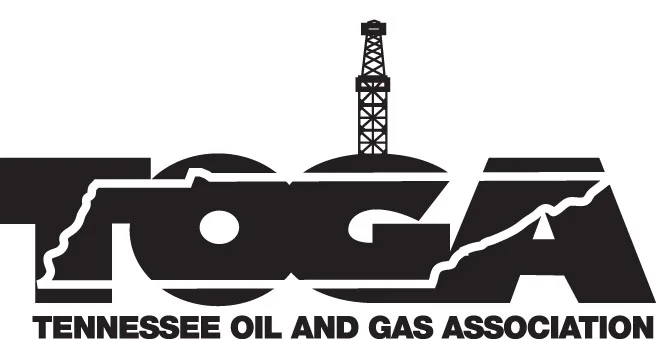Resource Availability
Natural gas and oil drilling in Tennessee is currently taking place in eleven counties, located on the Eastern Highland Rim or the Cumberland Plateau. In order of the most explored counties:
Overton
Fentress
Pickett
Morgan
Clay
Jackson
Cheatham
Loudon
Scott
Although only about 15 percent of the state is actively producing oil or gas, geologists believe a much larger percentage of the state has the potential to produce crude oil and/or natural gas.
Extraction
The vast majority of drilling operations in Tennessee are standard vertical tests drilled with air rotary equipment that vary in depth from 2,000 feet to 6,000 feet. This range of is based on the drill site’s elevation and general position on regional structural features (Cumberland Saddle, Appalachian Basin or Appalachian Thrust) with the average well depth in the order of 2,000 feet.
Like the rest of the country, Tennessee’s oil and gas production has benefited from the use of the fracturing stimulation technique. Fracturing, or fracing, is a method to improve the flow of fluid resources from the formation. While most of the country uses millions of gallons of water to fracture a well, Tennessee relies primarily on the use of nitrogen gas to stimulate its wells. The nitrogen method presents several unique benefits, including eliminating the need for water withdrawals and excessive wastewater disposal.
Environmental Protection
Protecting the environment during exploration, production and shut down is a major concern for any oil and gas well operator. Rules for the oil and gas program passed in 2013 strengthen many of the protections for groundwater, wastewater disposal and well construction.
The advent of horizontal drilling has done much for environmental protection. By drilling horizontally, operators have more flexibility to choose a surface location, which allows them to more carefully consider environmental impacts of the well pad. This also leads to fewer pieces of equipment being needed, fewer access roads, fewer pipelines and overall a smaller environmental footprint. It is also important to remember that these environmental benefits come from the same wells that industry is able to get higher production rates and more cuts into the target production zones. Evidence that industry incentivized to research and develop new and modern methods can balance the needs of production and protection.
The Chattanooga Shale Play (EIA.gov)



